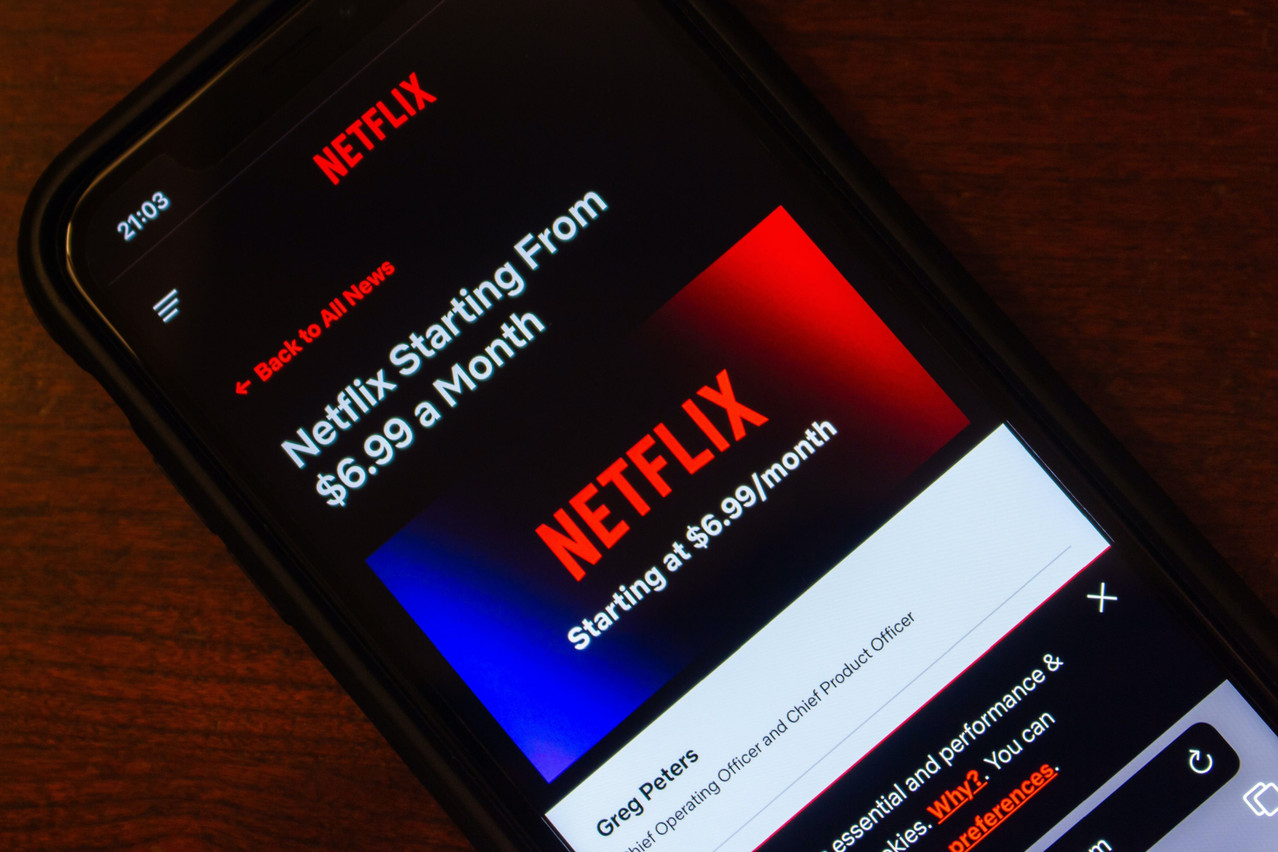Even before introducing advertising on the streaming service, Netflix has already convinced advertisers of the value of this idea, explained Netflix’s chief operating officer, Gregory K. Peters, on the occasion of the publication of its quarterly results. Admittedly, Netflix is off to a slow start, with four to five minutes of advertising per hour, but the streaming giant promises its advertisers an audience that is 100% "captive", 100% addressable and 100% targetable. This is something that Microsoft is delighted with, having signed a deal with Netflix in the middle of the year to deal with this specific issue.
Netflix knows everything about its users and, with this new subscription option, hopes to compensate for an erosion of subscriptions. The downward trend registered previously was not repeated in Q3, however: with 2.4 million new subscribers, it exceeded its expectations (1 million), but it remains below last year’s results (2 million) for the same period. Turnover rose by 5.9% to reach $7.9bn.
Lower prices versus steady customer attrition
With its ten years of data, Netflix has noticed that there is very little change in subscription type. Someone who subscribes with a basic subscription for less than €8, for example, stays at €8 for a long time. So the idea is to bring new customers to the platform for a low price and for the use to invite them to upgrade, whether it’s to broadcast quality or to more simultaneous users. "A lower price helps with churn," commented Peters--churn being the rate of users leaving the platform, cutting off medium to long-term visibility on revenue streams, a key element in buying programmes to feed customers.
Our content library now has more views, more revenue and more profit than any of our competitors who have been there for over 100 years...
The emergence of streaming sites is also seriously undermining the viewing of "linear" television, the kind you watch without having any influence on what happens on it, and advertisers are questioning the value of spending money on it.
The initial financial impact of introducing advertising on Netflix will be marginal, concedes the company’s chief financial officer, Spencer Adam Neumann, but "it will be addictive" in the long run. The first tests conducted since the end of April brought in $2.4m in the third quarter and should add $4.5m in revenue by the end of the year. Only 12 markets are involved: Australia, Brazil, Canada, France, Germany, Italy, Japan, South Korea, Mexico, Spain, the UK and the US.
Disney-Netflix, the future premium game
Heavily hemmed in on content, which is supposed to attract new customers, Netflix claims 400 million hours of viewing through its platform. "We started about 10 years ago. We didn’t have an IP. We didn’t have a library. We moved as fast as we could to build a library of our own IP and build our own library. In those 10 years, our content library now has more visits, more revenue and more profit than any of our competitors who have been at it for more than 100 years," explained co-CEO and chief content officer Ted Sarandos.
"Along the way, we’ve probably made a lot of mistakes, and we’ve learned a lot. It’s not just about making prestige programmes in English. It’s also about making a kind of pop culture television in every genre, in every format imaginable. And in doing that, that’s what I think we can bring to the scale, creativity and connectivity of the audience that others can’t compete with. That’s the most important thing. If you go all the way back to the beginning, none of the staff had any experience in creating anything original on Netflix. We released seven of our most popular releases of all time in this last quarter alone."
As a result, even with $17bn spent this year buying content, the impact per billion spent, Sarandos added, is extremely positive. "Disney and we are investing heavily and will be the two big brands in the premium space. YouTube is very strong on connected TVs, so they will continue to grow. You’ll start to see a bunch of people focusing on sports and putting it on demand," predicts historic CEO Reed Hastings.
And if all goes well, some already imagine Microsoft acquiring 100% of Netflix to better position itself against its tech competitors. With the aim, perhaps, of putting an end to the Netflix-Amazon Web Services association in favour of Azure.
This story was first published in French on . It has been translated and edited for Delano.

